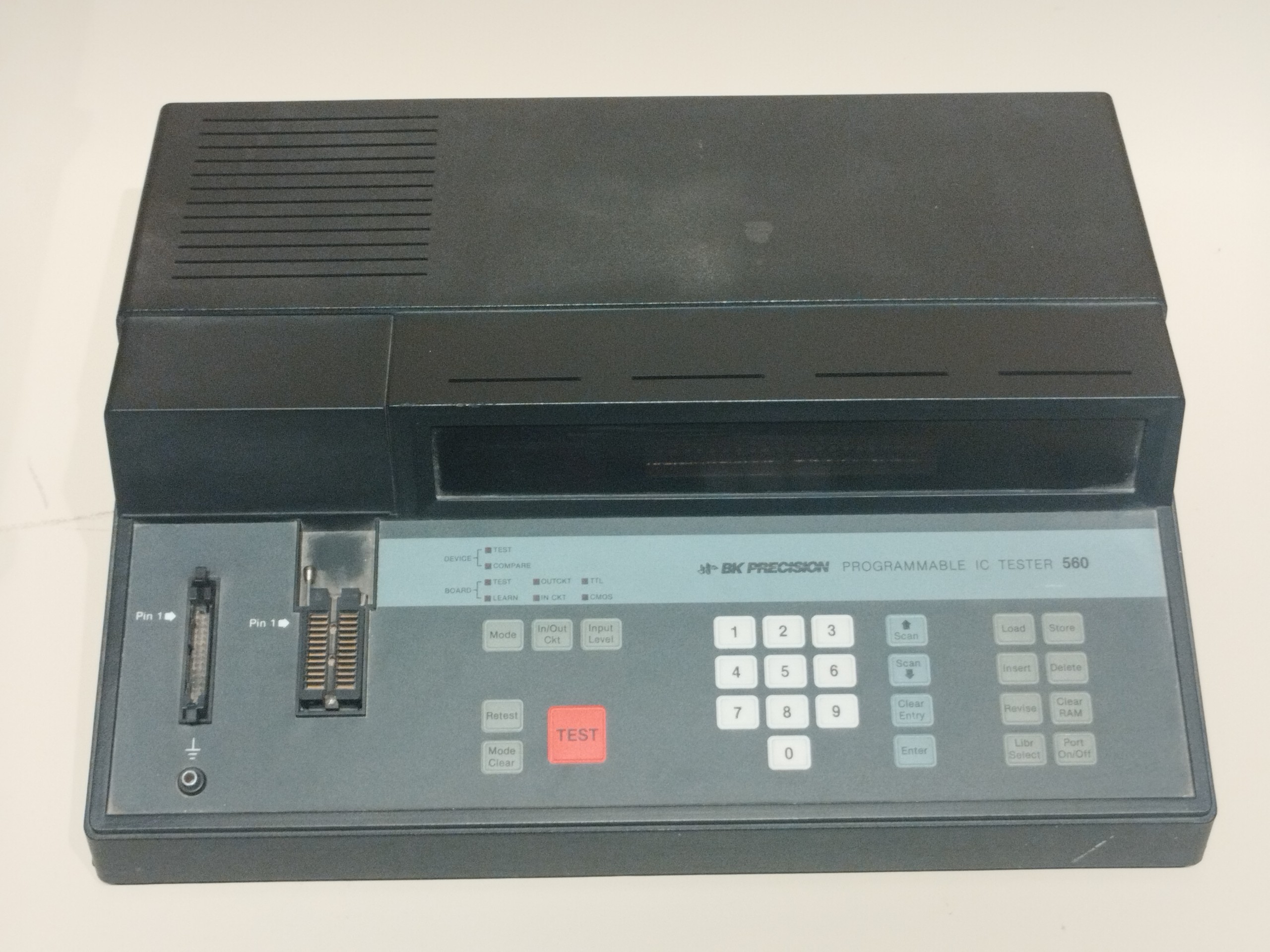
Signal transmission in telecommunications faced several challenges until the mid-20th century. Signal quality, intensity, and the amount of information that could be transmitted were some of the issues that had to be addressed.
Analog signal - the first type of signal
In the early stages of telecommunications, the signal was sent in analog form. The analog signal takes continuous values as a function of time. Think of it as comparing analog clocks with digital clocks. The former show us a constantly changing relationship between the hands, while the latter show distinct values for seconds, minutes, and hours. Analog signals were more prone to noise and interference, their signal quality degraded over long distances, they were more difficult to encrypt, and they carried less data.
PCM - 1937
The digitization of the signal by Pulse Code Modulation (PCM) from 1960 onwards would dramatically expand the possibilities of telecommunications. Analog signal processing is done in three steps: sampling (selecting specific signal values), quantization (assigning values to specific levels), and encoding (converting the value to a binary number).
The consequences
The consequences of PCM technology are still felt today. Important telecommunications technologies, and others, are based on PCM technology. Technologies such as ISDN (Integrated Services Digital Network), 2G (second generation cellular network technology in mobile telephony), VoIP (Voice over Internet Protocol), CD, and MP3 would not be possible without PCM technology.
Photo: IC (integrated circuits) meter from the Museum's collection.